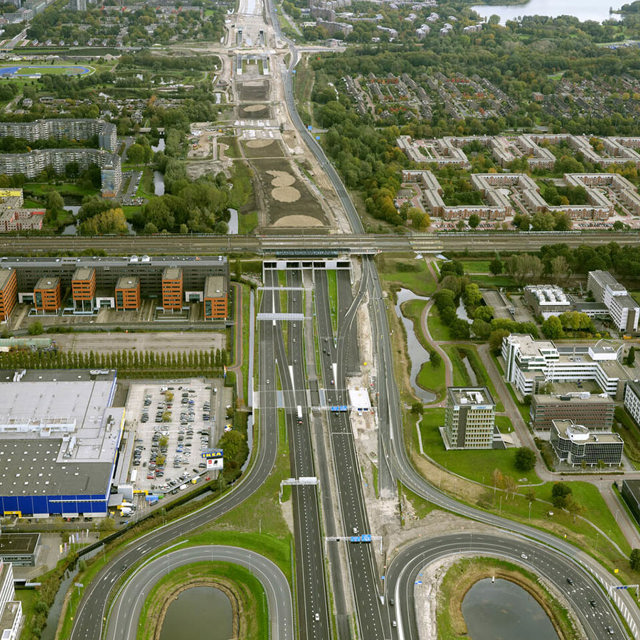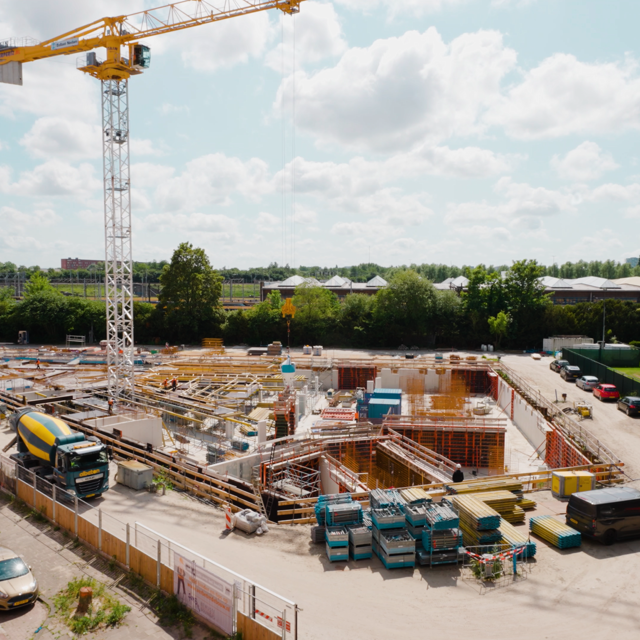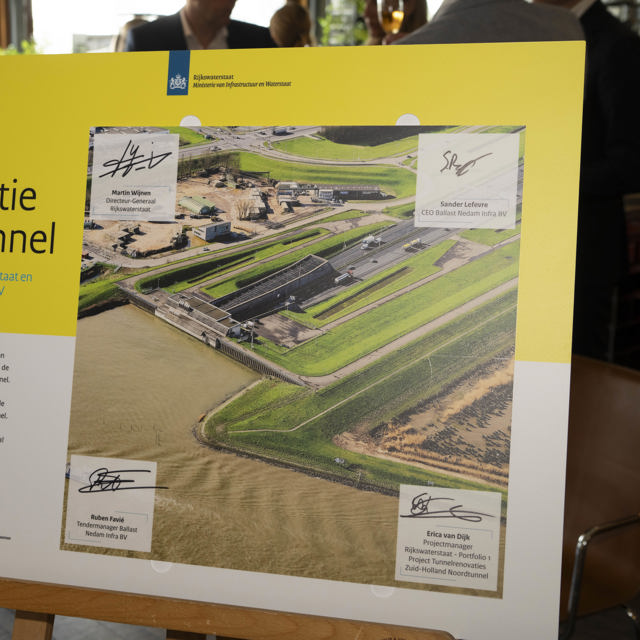These old beams from 1980 can now make history
Do we have to come up with something new to make circular viaducts possible? "No, we don't", says a project team from Royal HaskoningDHV. "The solution is already there." They put it to the test and start with beams of Ballast Nedam.
High-quality reuse
“We are convinced that there is a lot of waste. There is often no confidence in the technical lifespan of beams", says Rien Bakker. As Business Development Manager he is one of the driving forces in this project team. “We are going to demonstrate that it is a shame to write off a beam after one generation, while it might last for four generations. We want to give the beams a second life, preparing them for new use in their existing function. This high-quality reuse fits perfectly with circularity.”
We want to give the beams a second life
The birth announcements
It turned out to be a perfect match. Bastiaan Timmer, Civil Engineering Project Manager: “This is how we demonstrate the enduring quality of our old prefab concrete beams. Moreover, this research fits well with the A9 Gaasperdammerweg project, where many initiatives in the field of sustainability have already been taken up. For example, we have investigated with Rijkswaterstaat whether we can reuse the concrete in new concrete mixes after the demolition of viaducts.”
But what is the exact origin of the raw materials? That poses the challenge of reusing materials. The ingredients of the concrete materials largely determine how the construction will behave in the future. The origin and chemical composition of sand, gravel and additives determine the lifespan of a structure. Because if the ingredients of a construction to be demolished of an existing building are crushed and then reused, (raw) materials may react negatively with each other. And that can result in damage.
Bastiaan Timmer: “This makes it very difficult to use demolished works of art for reuse. Raw materials are often unknown, the damage mechanisms cannot be ruled out and tests often take (too) long. This will change with Royal HaskoningDHV's investigation of the 'old' prefab concrete beams of Ballast Nedam. That is of course great news!”
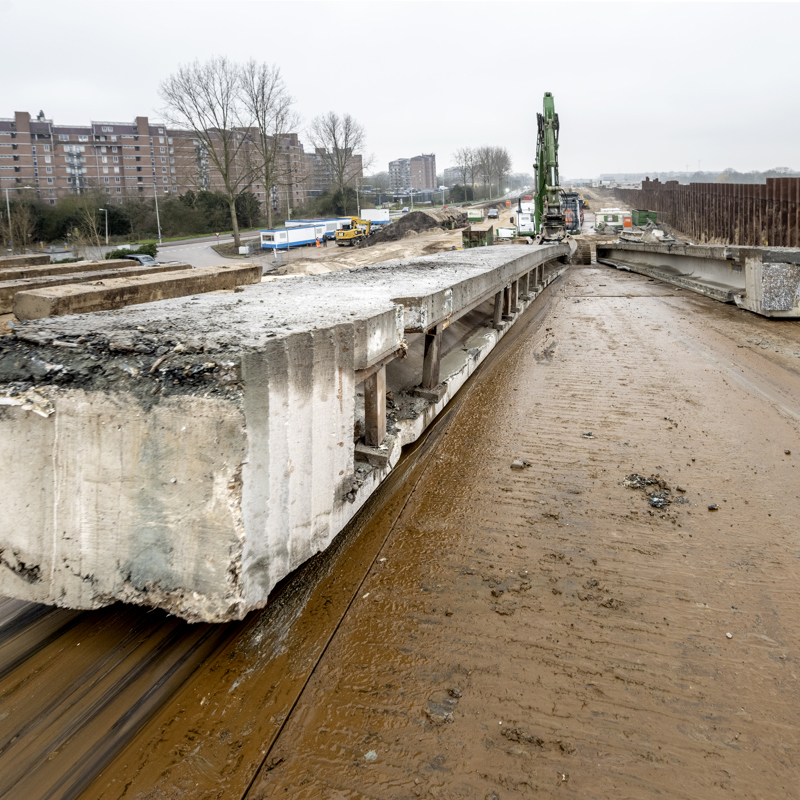
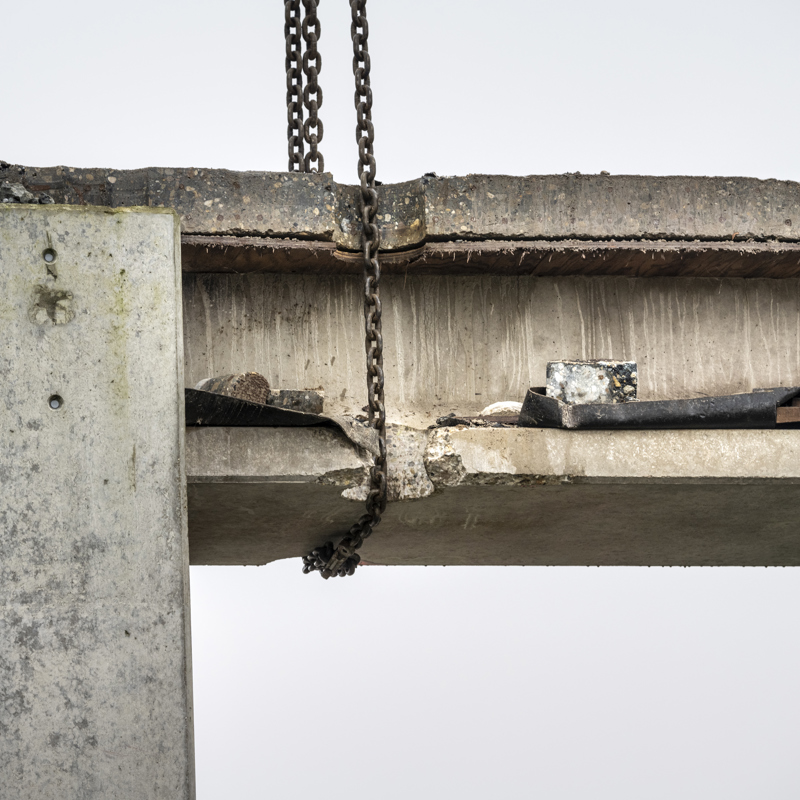
The prototype
And so it happened: in February, six beams of the viaduct were secured. A special day, says Rien Bakker: “It is quite unusual for an engineering firm to have six beams under our own management. After lifting them, we secured them on a site for a number of weeks, while we waited to see if we were among the last three parties in Rijkswaterstaat's Strategic Business Innovation Research. Now that this is indeed the case, we can start making the prototype.”
On the site where the beams are now located, they will be stripped of their pressure layer and cleaned. The holes made during lifting are repaired and, if necessary, reinforcement is restored. In fact, they are being fully prepared for their second life. “Then they receive a certificate,” says Rien. “In fact, this certificate states: 'These are beams that you can use and you don't have to worry about them anymore.' We are proud that we are going to use the beams in a new viaduct for Rijkswaterstaat. Hopefully we can have many more beams dismantled for circular construction in the coming years.”
Will these then again be beams of Ballast Nedam? That could be possible, says Bastiaan Timmer: “The beams of our organisational unit Haitsma Beton meet all the necessary quality criteria. It is special to see that our own souvenir from the past can be found again in new projects. These beams will actually contribute to the development of circular construction and we are happy to contribute to that. It would of course be extra nice if they could be used on a new Ballast Nedam artwork in the future."



